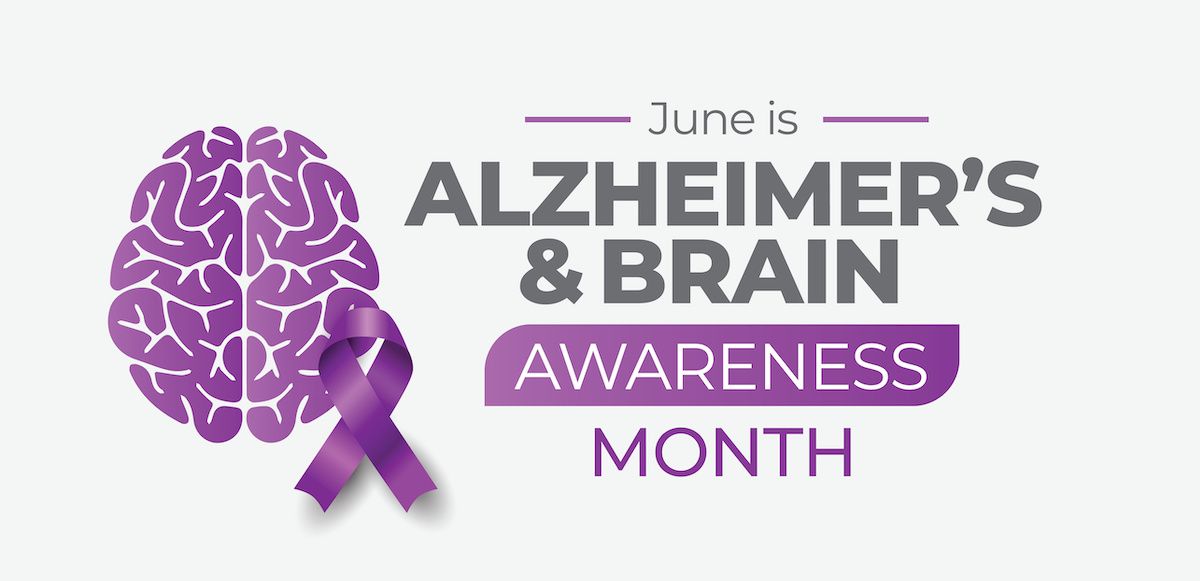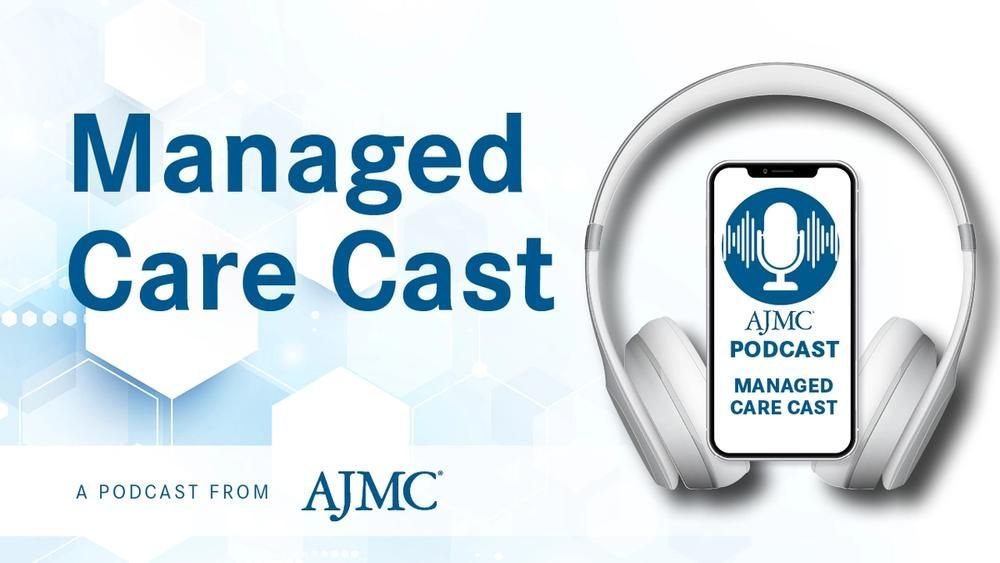News
Article
New Blood Test Could Bring Early Alzheimer Disease Detection to More People
Key Takeaways
- The 5ADCSI test identifies five key biomarkers for Alzheimer disease using accessible xMAP technology, offering a cost-effective detection method.
- Early detection through 5ADCSI allows for timely interventions, potentially slowing disease progression before symptoms manifest.
A novel blood test offers affordable early detection of Alzheimer disease, enhancing awareness and intervention opportunities during Alzheimer’s and Brain Awareness Month.
The new tool comes as Alzheimer’s and Brain Awareness Month kicks off in June, an annual awareness campaign led by the Alzheimer’s Association that raises awareness about Alzheimer disease and dementia, promotes brain health, and supports individuals and families affected by these. | Image credit: Carl - stock.adobe.com

A new era in Alzheimer disease detection may be on the horizon with the development of a novel blood test.1,2 This diagnostic tool, known as Penta-Plex Alzheimer’s Disease Capture Sandwich Immunoassay (5ADCSI), can simultaneously identify 5 key biomarkers associated with the disease.1
Unlike current options that are often costly and require specialized equipment, the 5ADCSI test leverages widely available xMAP technology, promising a more accessible and affordable approach to early Alzheimer disease detection.
The new tool comes as Alzheimer’s and Brain Awareness Month kicks off in June, an annual awareness campaign led by the Alzheimer’s Association that raises awareness about Alzheimer disease and dementia, promotes brain health, and supports individuals and families affected by these conditions.2
“The biggest advantage is that our test is very cost-effective compared with other existing technologies, and it’s relatively easy to implement because many laboratories in universities, hospitals, and clinics are already using this technology,” said Ebrahim Zandi, PhD, associate professor of molecular microbiology and immunology at the Keck School of Medicine, who led the research, in a statement.3
The development of a low-cost test is crucial for widespread annual screenings, similar to cholesterol or blood sugar tests, allowing for early identification of individuals who could benefit from interventions.
Zandi emphasized the importance of early detection: "In the 10 to 20 years Alzheimer’s takes to develop, proteins such as amyloid and tau are slowly building up. If we have an affordable blood test that detects those proteins early on, we can start interventions long before symptoms begin.”2
The 5ADCSI test measures 2 types of amyloid (Aβ40 and Aβ42), phosphorylated tau, neurofilament light chain, and glial fibrillary acidic protein.1 A proof-of-concept study showed the test effectively detected higher biomarker levels in patients with Alzheimer disease and mild cognitive impairment, with a strong correlation between blood and cerebrospinal fluid results.
The authors stated that the 5ADCSI test originated from a need for a more affordable research tool for cognitive aging studies. The team is now working to validate the test for clinical use, planning to assess its accuracy in hundreds of patients at various stages of Alzheimer disease. Zandi said he envisions widespread use of the test and, in the future, hopes to develop a comprehensive brain health risk assessment that combines 5ADCSI with genetic testing for the APOE4 gene variant to provide individuals with a personalized understanding of their Alzheimer disease risk.2
Despite a small cohort, the 5ADCSI system demonstrated high sensitivity and diagnostic accuracy for several biomarkers, especially p217Tau, differentiating between diagnostic groups effectively. The authors acknowledged the need for larger clinical studies to validate 5ADCSI's utility as a diagnostic method and emphasized their transparency regarding calibrator components, a contrast to proprietary industry practices.
References
1. Alishahi F, Beam CR, Zandi E, et al. High precision and cost-effective multiplex quantification of amyloid-β40, amyloid-β42, p181Tau, p217Tau, neurofilament light chain, and glial fibrillary acidic protein from plasma and serum. J Alzheimers Dis. Published online May 13, 2025. Accessed June 3, 2025. doi:10.1177/13872877251340999
2. June is Alzheimer's & Brain Awareness Month. Alzheimer’s Association. Accessed June 3, 2025. https://www.alz.org/abam/overview.asp
3. USC researchers develop low-cost blood test for early Alzheimer’s detection. Press release. Keck School of Medicine of USC; May 15, 2025. Accessed June 3, 2025. https://www.eurekalert.org/news-releases/1084067
Newsletter
Stay ahead of policy, cost, and value—subscribe to AJMC for expert insights at the intersection of clinical care and health economics.




